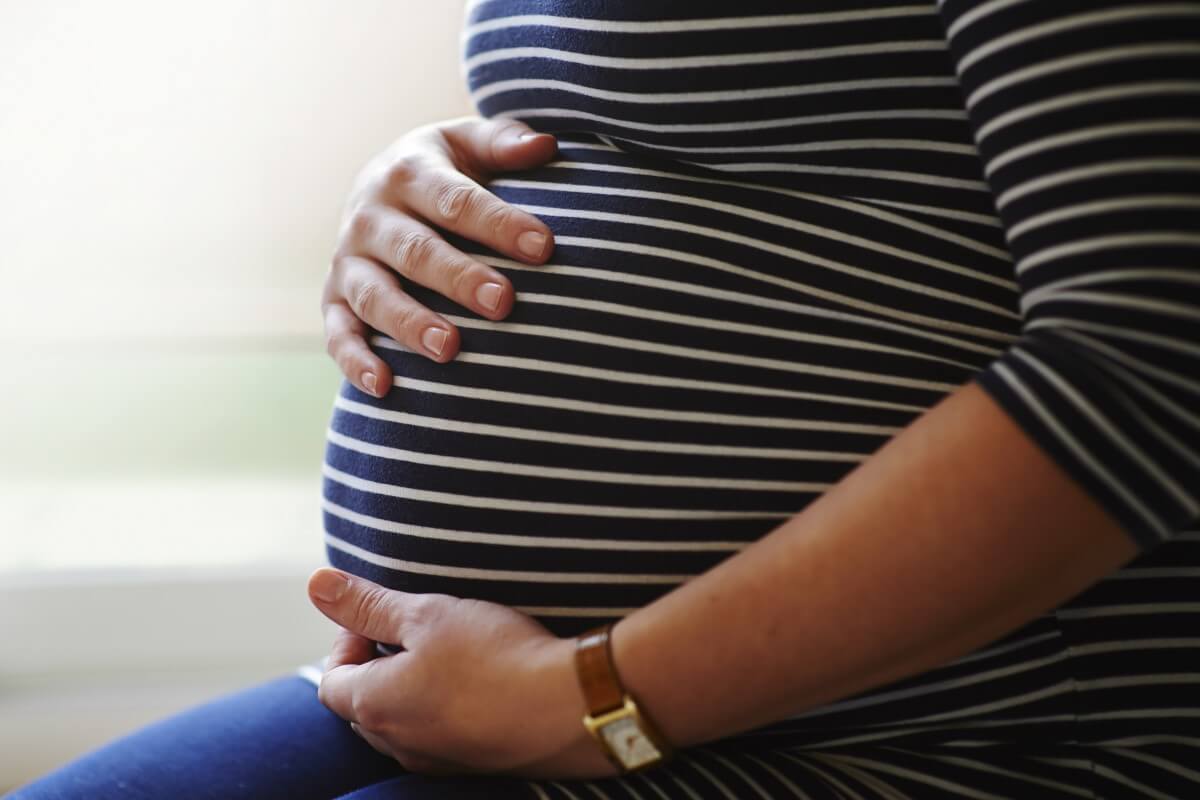According to the American Stroke Association, one in five women will have a stroke in her lifetime. That stroke will kill more than 80,000 women this year alone. That makes stroke the number four cause of death among women.
The reasons those numbers are so high may be the fact that most women don’t know their risk for stroke, and most people don’t know the symptoms of a stroke when it’s happening. The American Heart Association has some very helpful information on both, though.
Raising (& Reducing) Stroke Risk
There are a number of reasons women are at higher stroke risk for stroke than men, but there are also some precautions you can take to reduce that risk.
- Pregnancy – The risk of stroke in pregnant women is 21 in 100,000, with the highest risk coming during the third trimester and the post-partum period. If you’re pregnant and develop high blood pressure, you should be monitored closely and you may need to be treated with medication. Talk to your health care provider to decide what’s best for you.
- Preeclampsia – Preeclampsia is high blood pressure that develops during pregnancy and it doubles a woman’s risk of stroke later in life. If you have any history of hypertension, your health care provider make recommend taking low-dose aspirin starting in the second trimester to lower your risk.
- Birth control pills – Birth control pills have become much safer over time, but they can raise your stroke risk. It’s recommended that women who are already at risk of stroke take extra precautions, like getting screened for high blood pressure before starting on an oral contraceptive and never smoking while taking the pill.
- Hormone replacement therapy – This type of therapy is helpful for many post-menopausal women, but it should never be used to prevent stroke. Be sure to review your risks with your health care provider before starting on hormone replacement therapy to see if the benefits outweigh the risks.
- Migraines with aura – Younger women who experience migraine with aura are sometimes more susceptible for ischemic stroke, particularly if they smoke or use oral contraceptives. Smokers with migraines accompanied by aura should quit immediately. Vaping, e-cigarettes, and any type of nicotine are also dangerous.
- Atrial fibrillation – An irregular heartbeat can increase stroke risk among women over age 75 by as much as 20 percent. If you’re older, be sure to get screened for A-fib during your routine health checks.
Common Stroke Symptoms
Taking precautions like these, as well as getting lots of rest, eating right, stopping smoking, and staying active are all great ways to reduce your risk of stroke. But would you know if you or someone else is having one? If not, here are some of the signs you should look for – many of which are known to come on quickly and without warning.
- SUDDEN numbness or weakness in the face, arm, or leg, especially on one side of the body
- SUDDEN confusion, trouble speaking, or understanding
- SUDDEN trouble seeing in one or both eyes
- SUDDEN trouble walking, dizziness, loss of balance or coordination
- SUDDEN severe headache with no known cause
For women, there can be unique symptoms that are different from these common signs. Those can include:
- Loss of consciousness or fainting
- General weakness
- Difficulty or shortness of breath
- Confusion, unresponsiveness, or disorientation
- Sudden behavioral change
- Agitation
- Hallucination
- Nausea or vomiting
- Pain
- Seizures
- Hiccups
These unique symptoms create a problem for many because they’re often associated with issues other than stroke. That unfortunately leads to delays in treatment. And in order to be most effective, stroke treatments need to begin within 3-4 hours of the first appearance of symptoms. So when you see these signs, it’s critical to take them seriously, get to a hospital, be diagnosed, and get treatment as quickly as possible.
Changing the statistics around women and stroke won’t happen overnight, but it can happen over time with a collective, concerted effort to understand the unique risks and symptoms women face. So talk to your doctor about how you can lower your risk, be mindful of changes in you and those around you that might suggest a stroke, and react quickly. A woman’s life may well depend on it.

